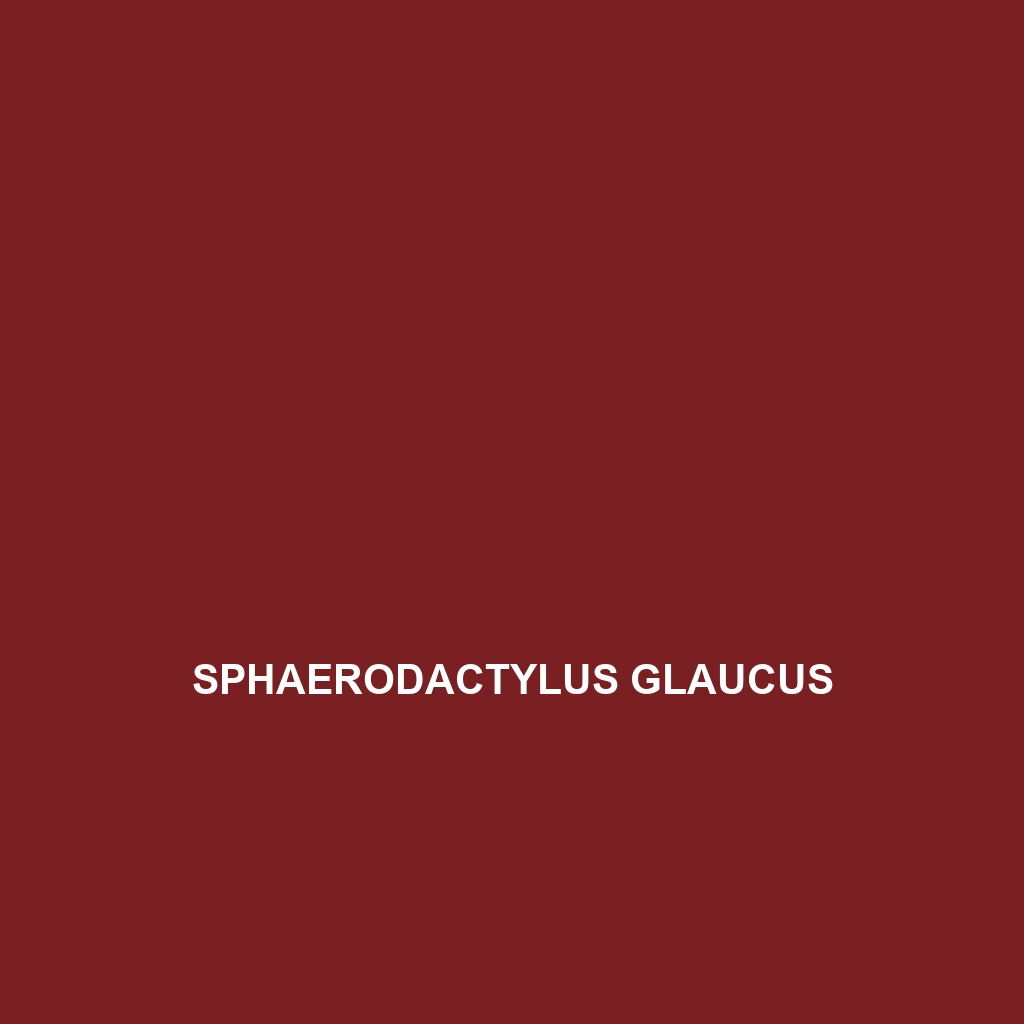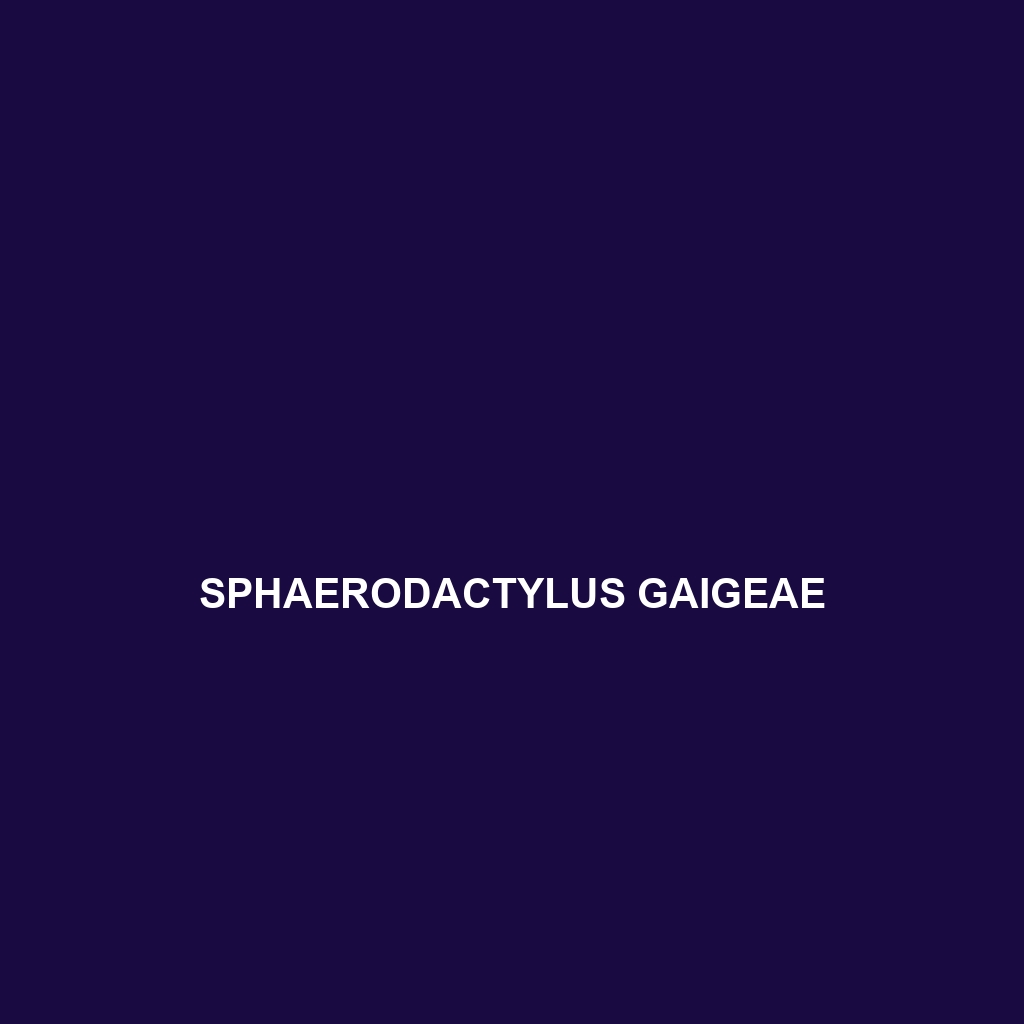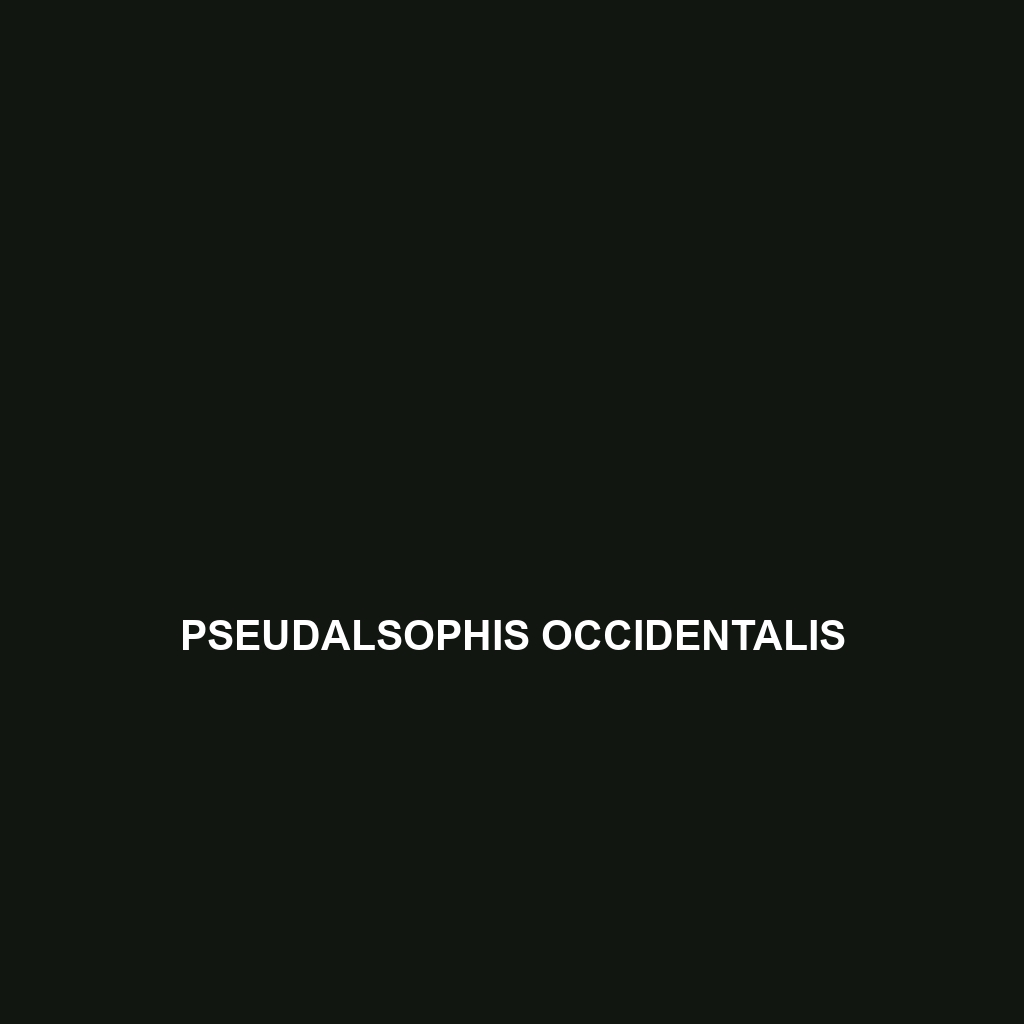The Blue-tail Gecko (Sphaerodactylus glaucus) is a small, vibrant lizard known for its striking blue tail and nocturnal behavior, primarily found in humid tropical habitats of the Caribbean, including Cuba and the Bahamas. As insectivores, they play a crucial role in pest control while exhibiting unique adaptations like tail regeneration for survival.
Tag: Caribbean reptiles
Sphaerodactylus gaigeae
<b>Sphaerodactylus gaigeae</b>, commonly known as Gaige's Sphaero, is a small, nocturnal lizard native to the Caribbean, thriving in humid subtropical rainforests and mangrove ecosystems. Measuring 2 to 4 inches in length, this insectivorous species features a slender body with smooth, glossy scales and plays a crucial role in maintaining ecological balance by controlling insect populations.
Sphaerodactylus dacnicolor
<p><b>Sphaerodactylus dacnicolor</b>, or the color-changing sphaero, is a small, vibrant lizard native to the Caribbean, known for its ability to change color for camouflage and thermoregulation. Measuring 5 to 7 cm, this nocturnal insectivore plays a vital role in its ecosystem by regulating insect populations and serving as prey for larger animals.</p>
Sphaerodactylus cochranae
The Sphaerodactylus cochranae, commonly known as Cochran's sphaero, is a small, nocturnal insectivore native to the tropical forests of the Caribbean, particularly Cuba. With a slender body averaging 3-4 inches and rich brown coloration for effective camouflage, this vulnerable species plays a critical role in maintaining ecological balance by regulating insect populations.
Sphaerodactylus cinereus
Discover the <b>Sphaerodactylus cinereus</b>, or gray sphaero, a small, nocturnal lizard native to the Caribbean's tropical and subtropical regions. With its unique adaptability, elongated limbs, and effective camouflage, this insectivorous species plays a vital role in maintaining ecosystem balance while facing habitat challenges.
Sphaerodactylus beattyi
<b>Sphaerodactylus beattyi</b>, commonly known as Beatty's gecko, is a small, slender lizard native to tropical regions, distinguished by its agile movements and varied brown and green coloration. Thriving in humid environments, it plays a crucial role in regulating insect populations while exhibiting nocturnal behavior and fascinating mating rituals.
Sphaerodactylus armasi
<p>The <b>Sphaerodactylus armasi</b>, also known as Armas's Least Gecko, is a small, nocturnal gecko found in the rainforests of Hispaniola, characterized by its slender body, large round eyes for night vision, and the ability to regenerate its tail. This species plays a vital role in controlling insect populations and is currently classified as 'Endangered' due to habitat loss.</p>
Sphaerodactylus argivus
Discover the Sphaerodactylus argivus, commonly known as the Brown Tropical Gecko, a small, nocturnal insectivore thriving in the tropical rainforests of the Caribbean. With its unique color pattern and specialized toe pads, this resilient gecko exhibits remarkable camouflage and climbing abilities, playing a vital role in maintaining ecological balance.
Pseudalsophis occidentalis
Discover the Pseudalsophis occidentalis, also known as the Western Snake, a captivating species native to the Caribbean, adaptable to diverse habitats from rainforests to coastal regions. With its impressive size of up to 5 feet and unique coloration for effective camouflage, this nocturnal carnivore plays a vital role in controlling local rodent and bird populations, contributing to the ecological balance of its environment.
Pseudalsophis occidentalis
Discover the Pseudalsophis occidentalis, also known as the Western Snake, a captivating species native to the Caribbean, adaptable to diverse habitats from rainforests to coastal regions. With its impressive size of up to 5 feet and unique coloration for effective camouflage, this nocturnal carnivore plays a vital role in controlling local rodent and bird populations, contributing to the ecological balance of its environment.









